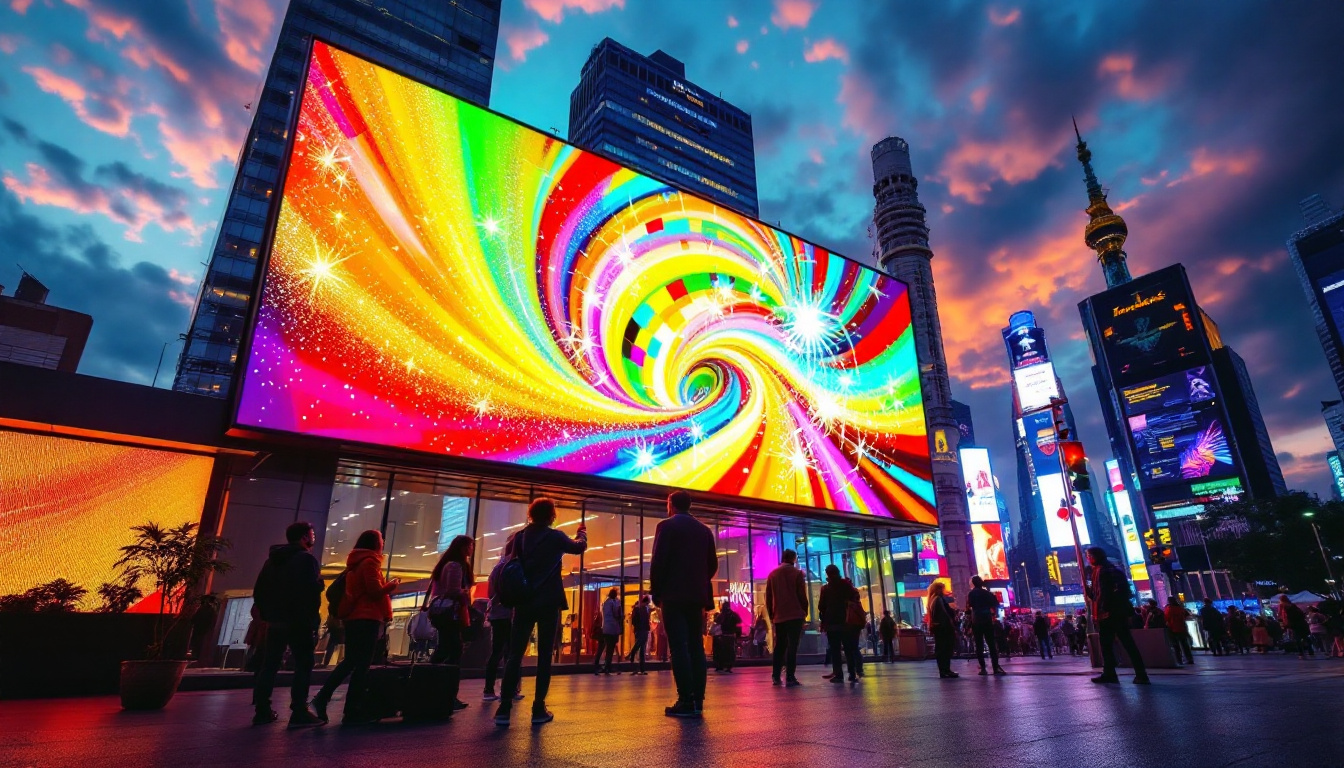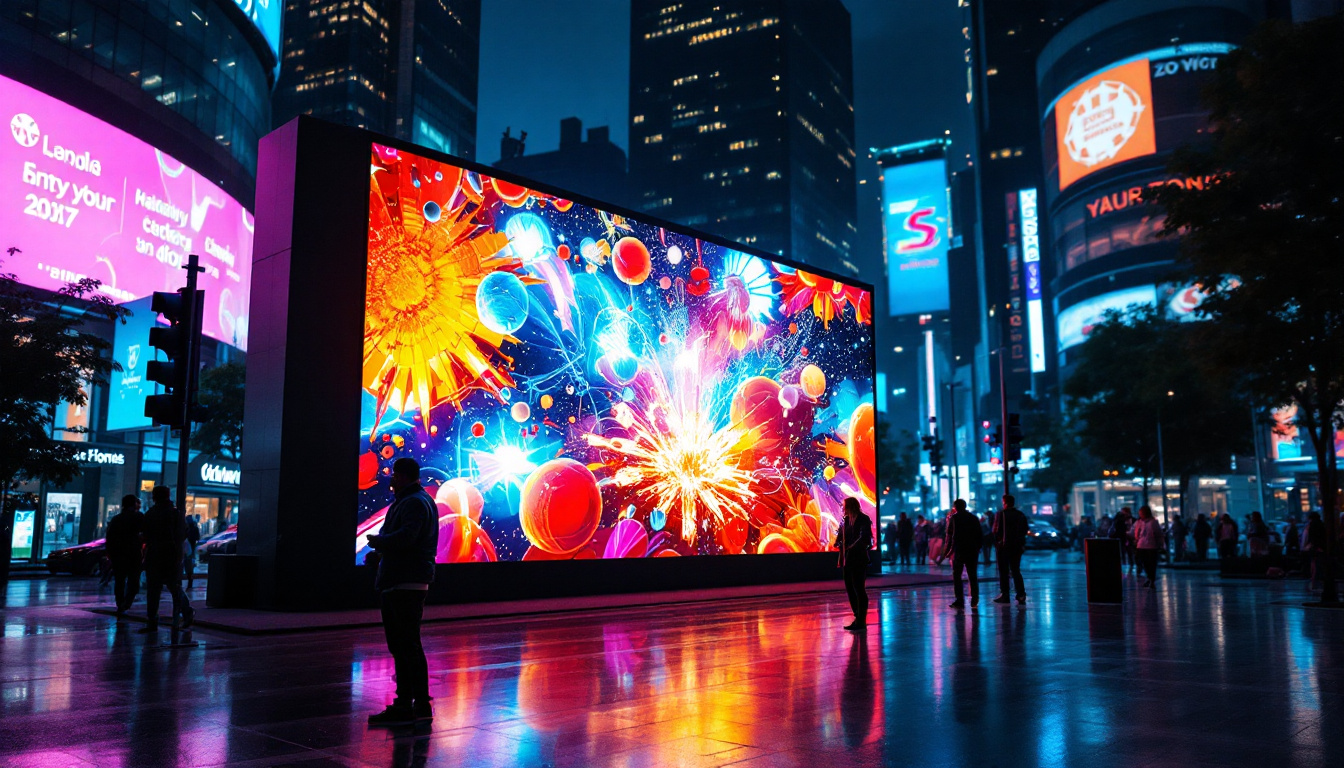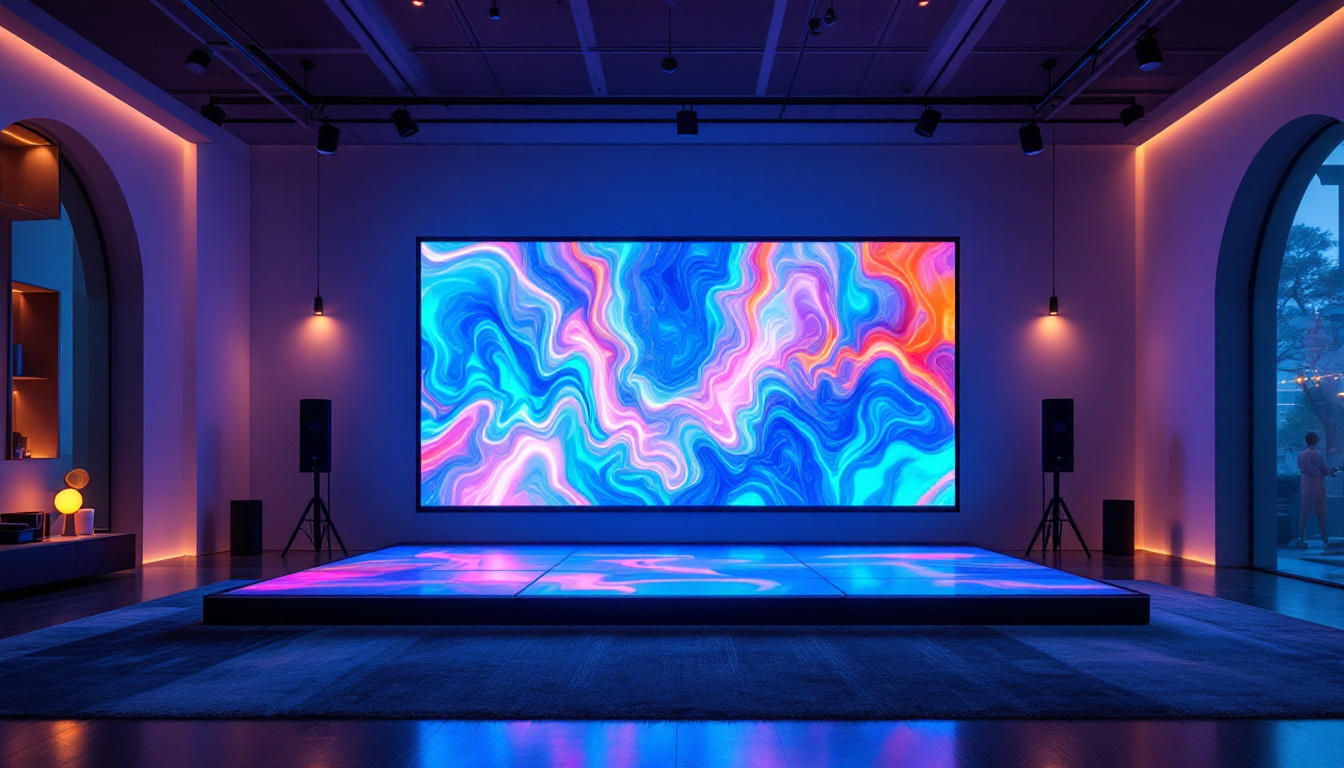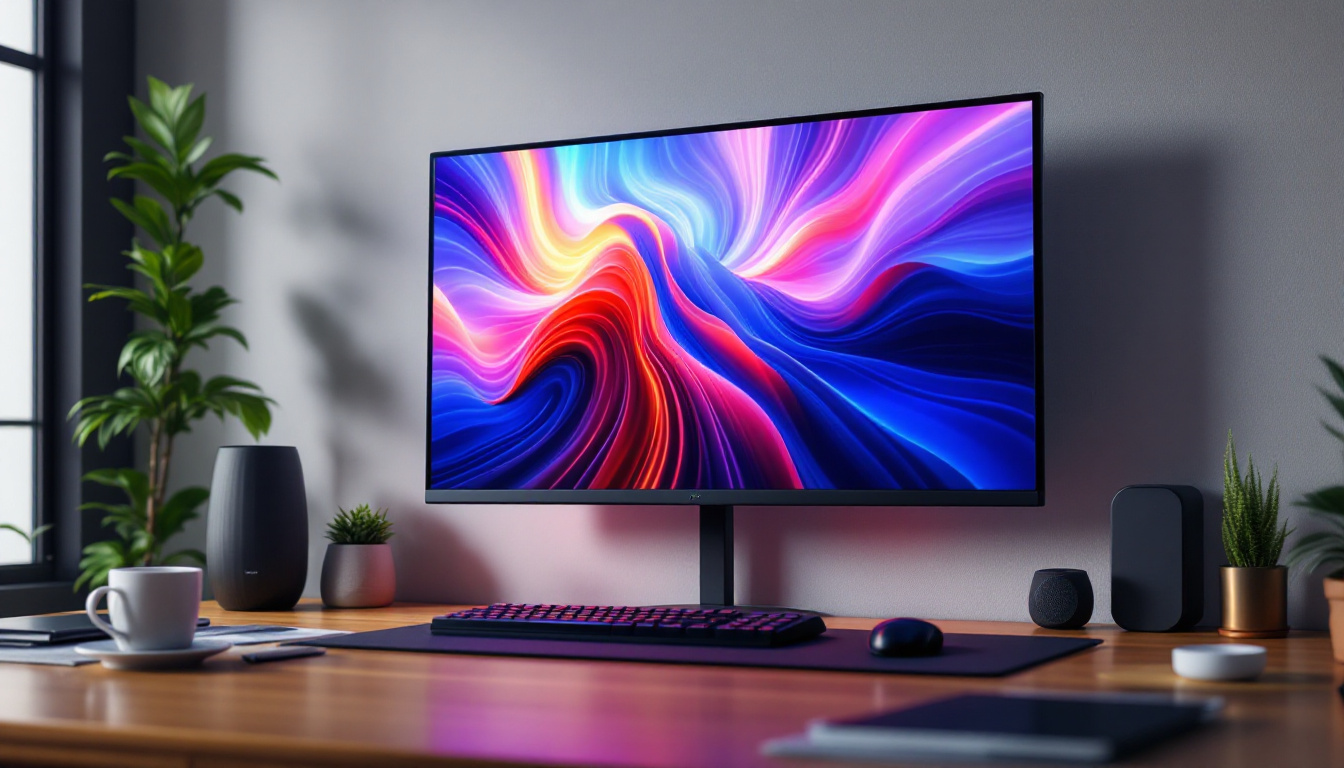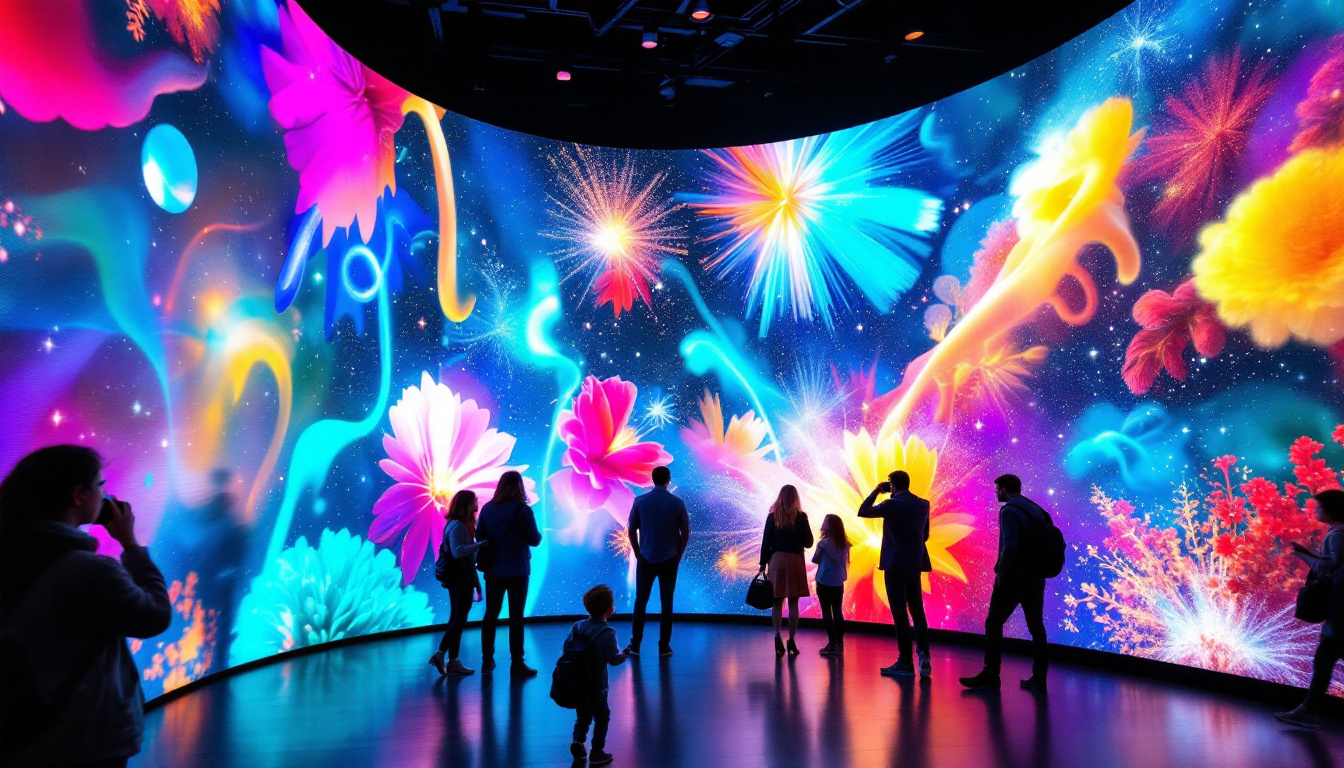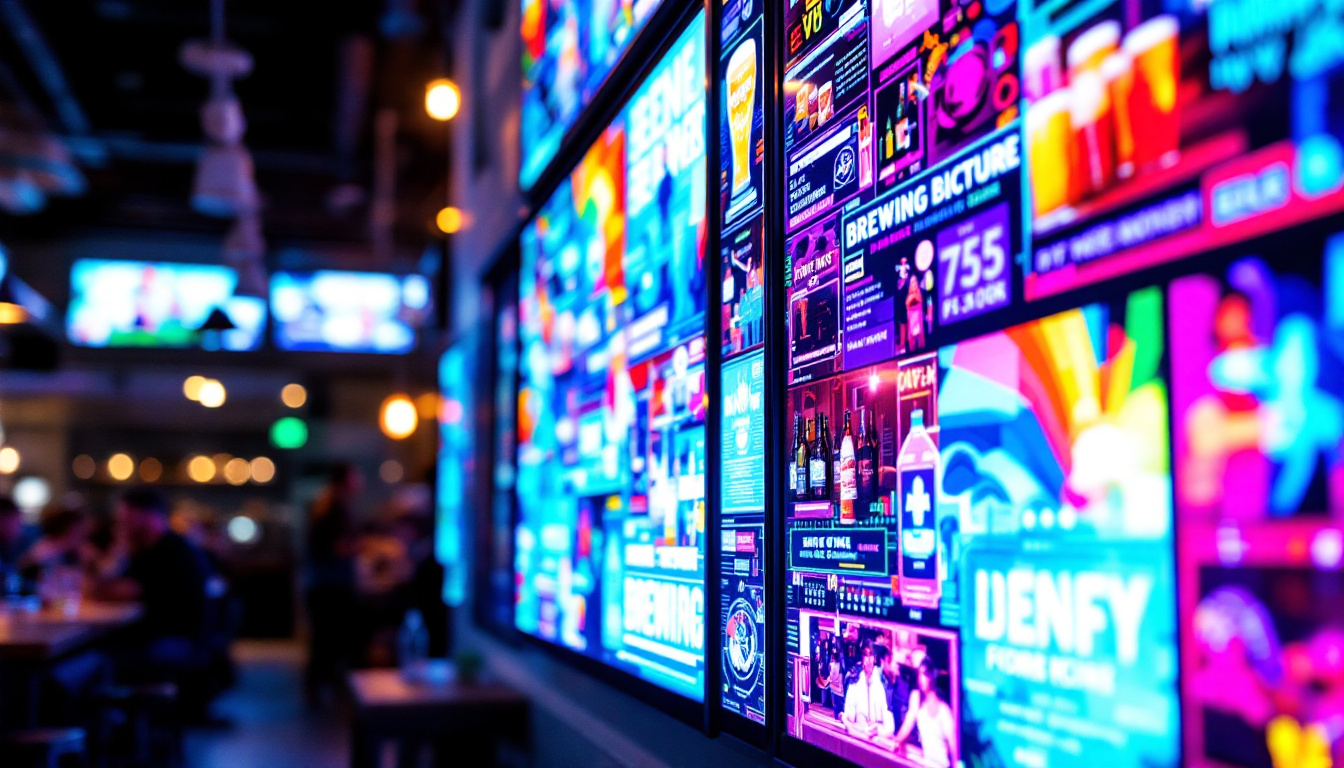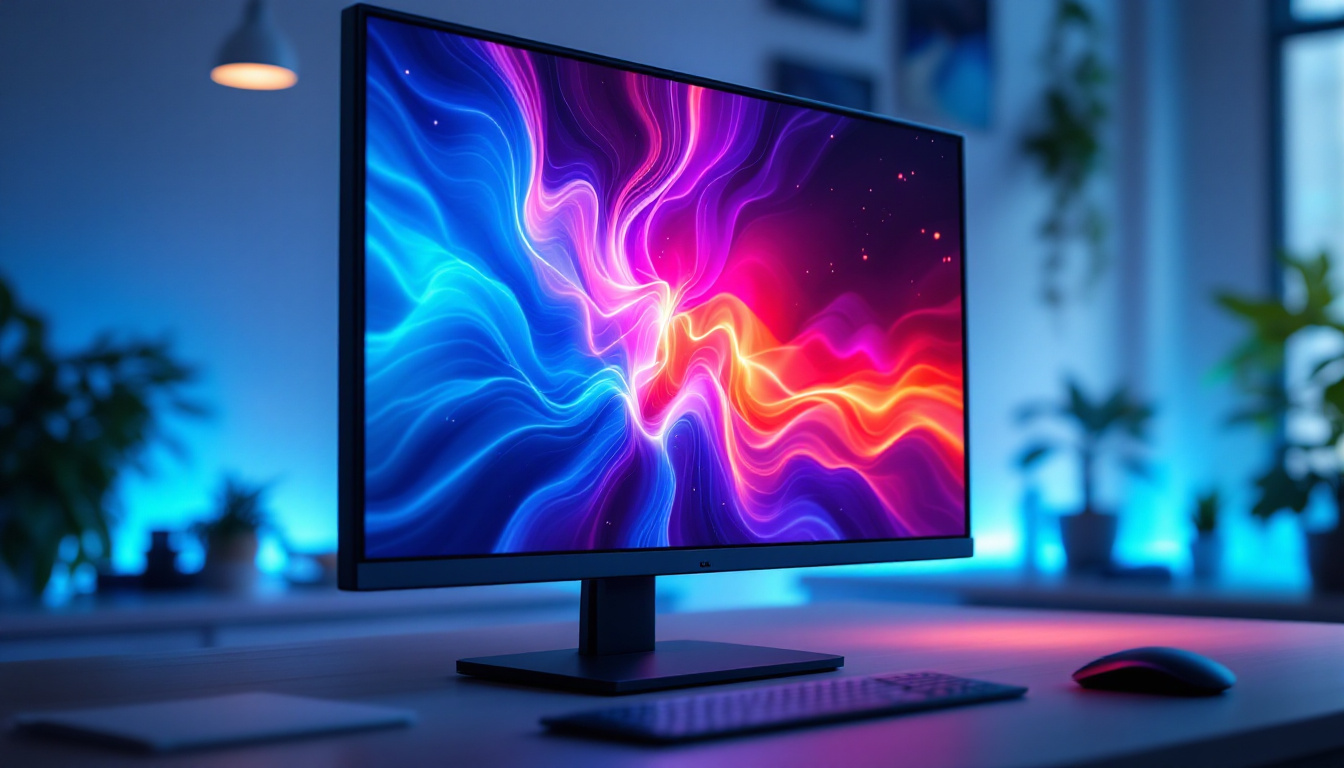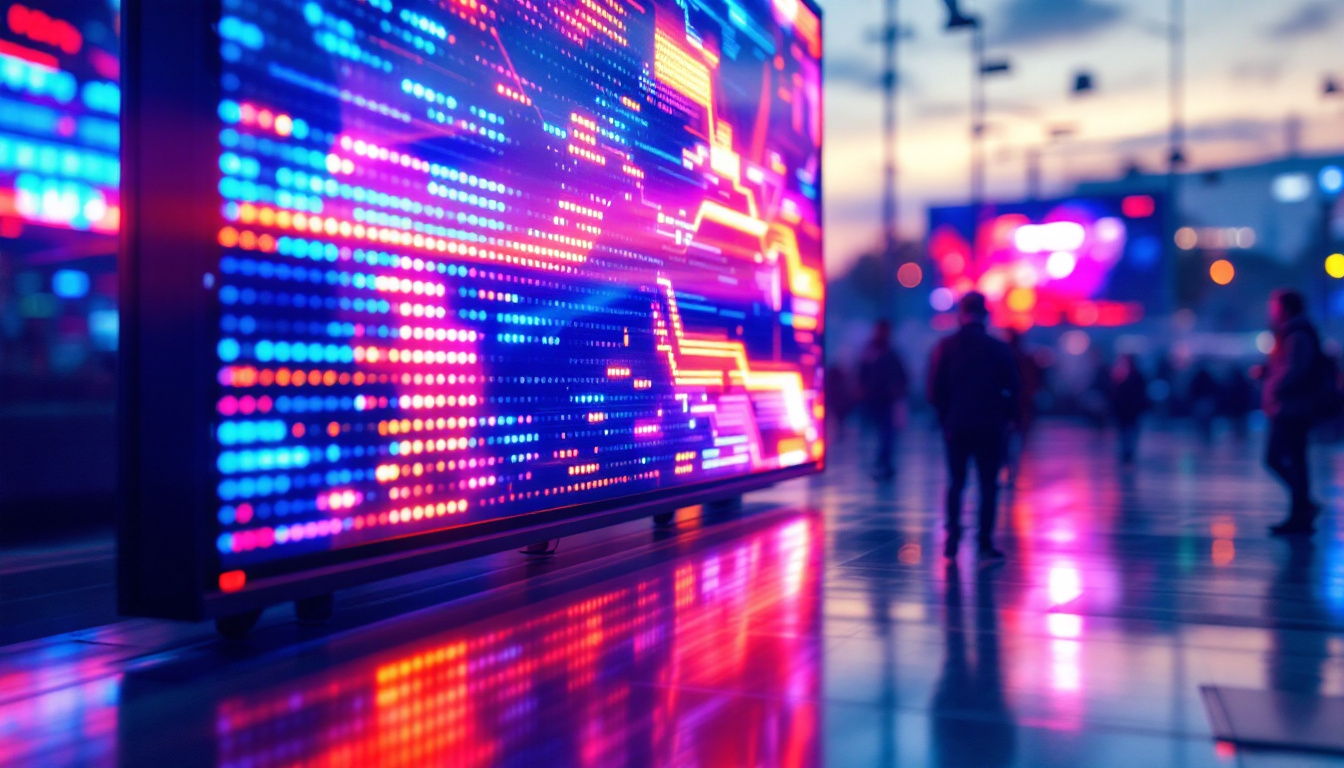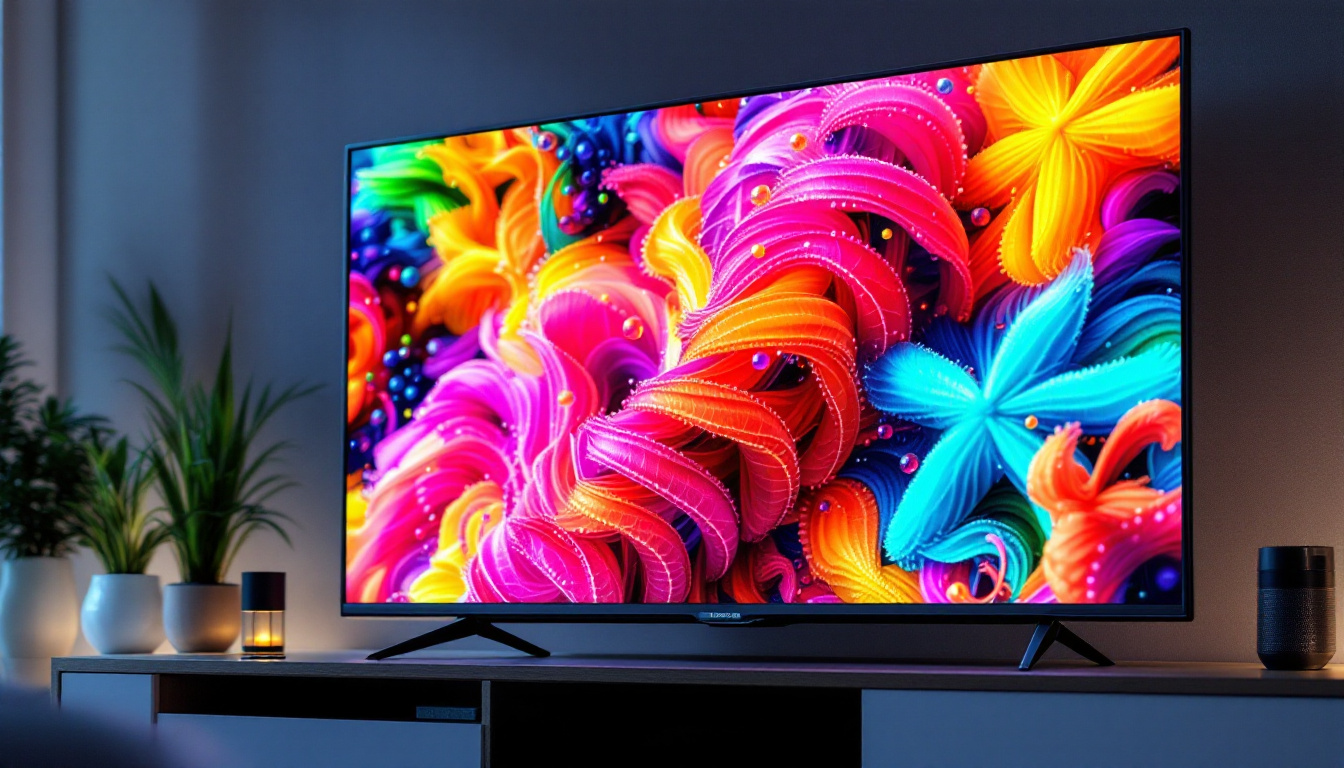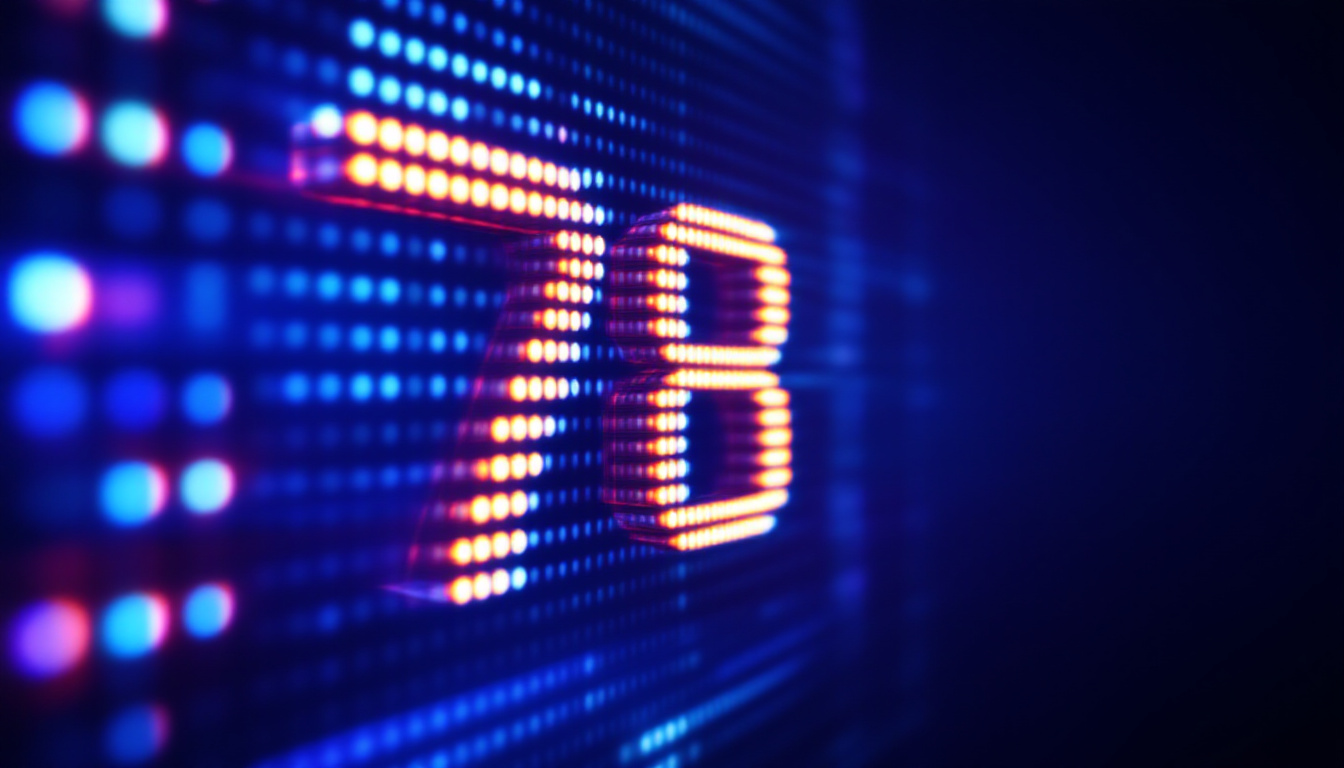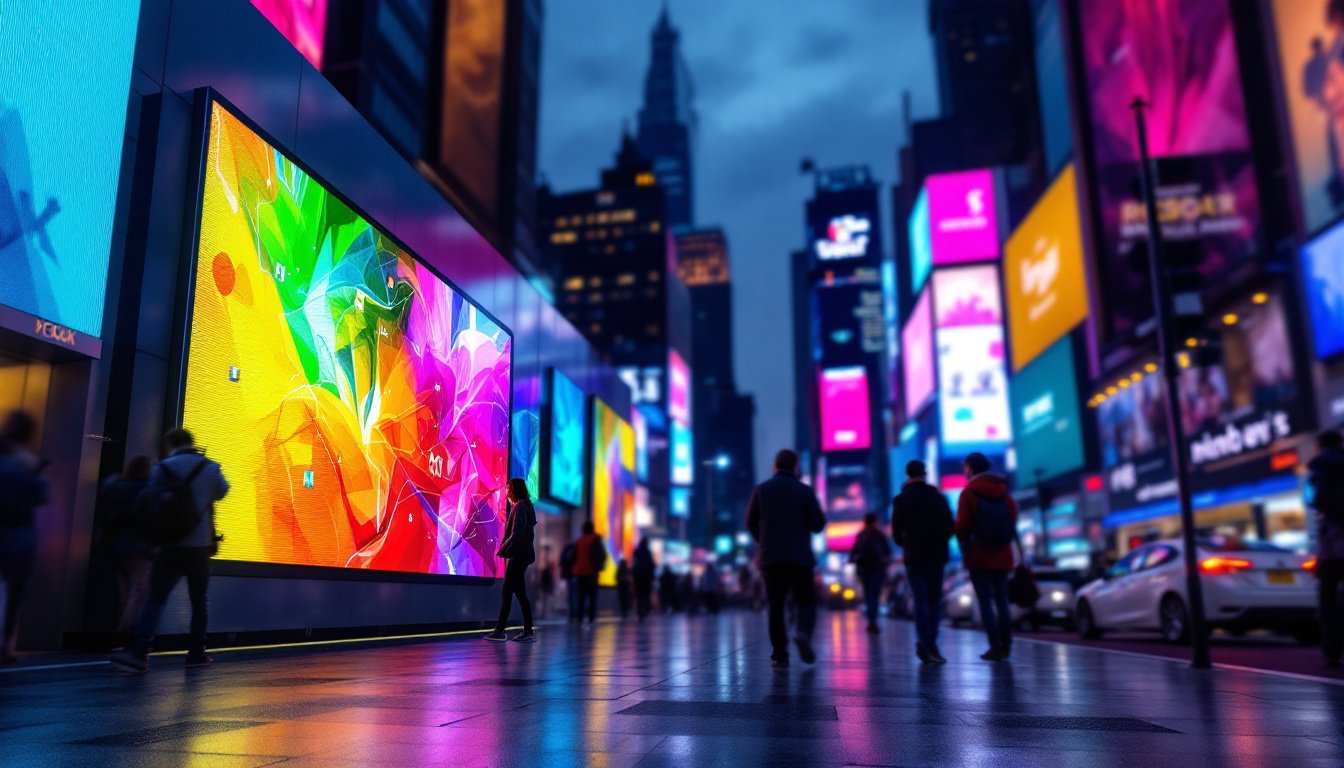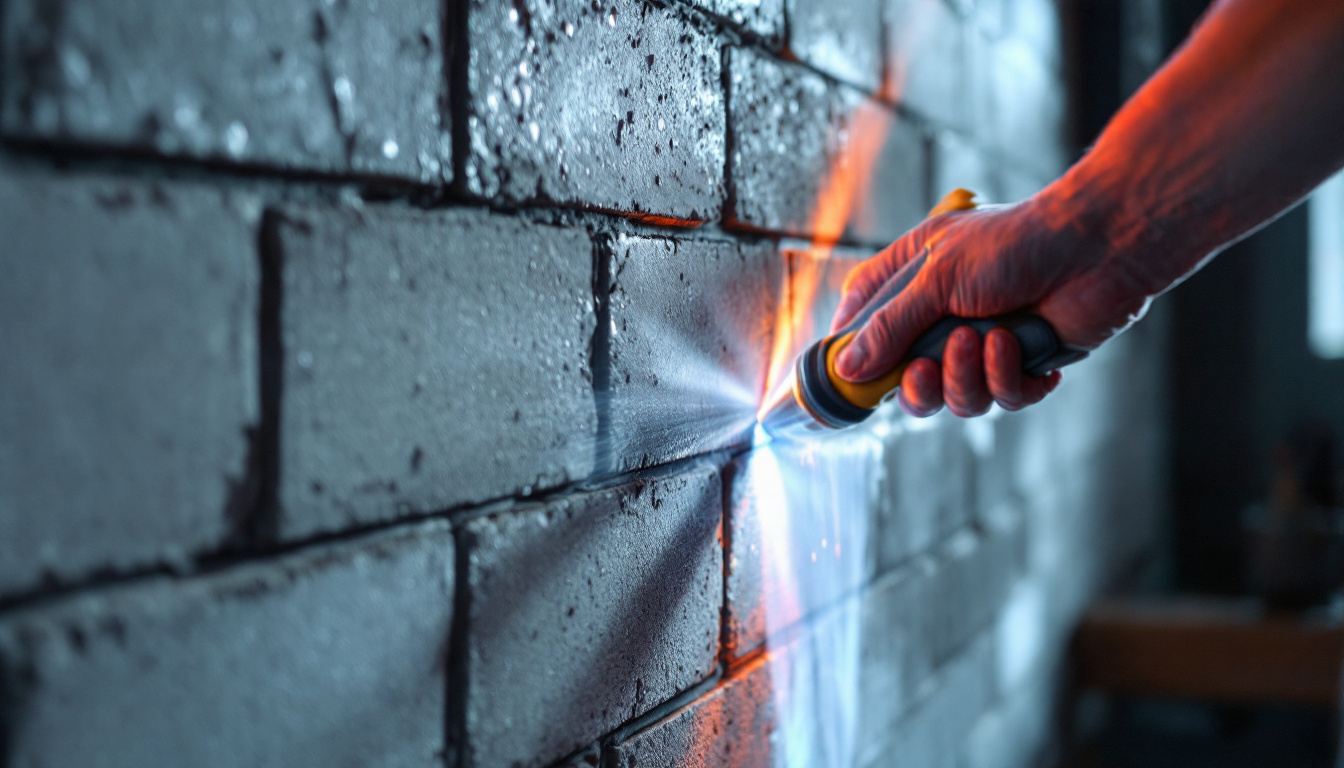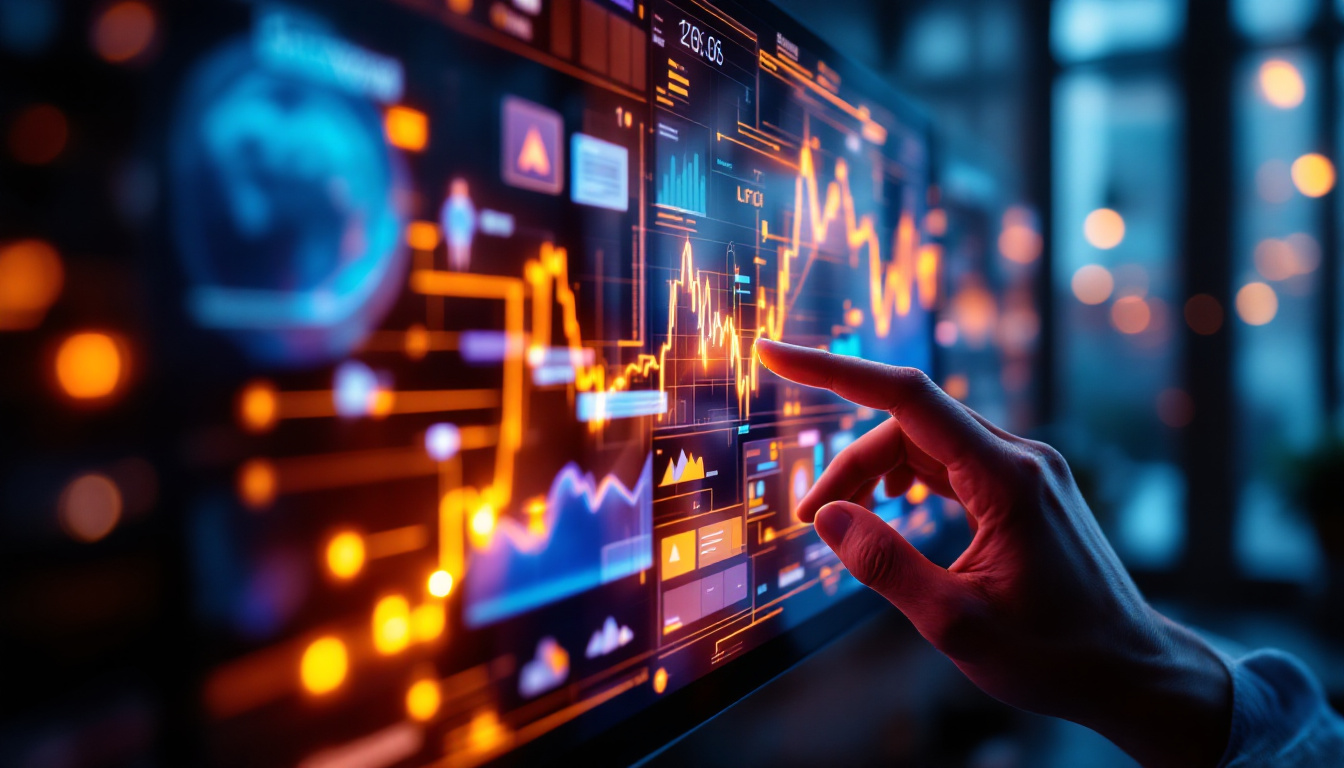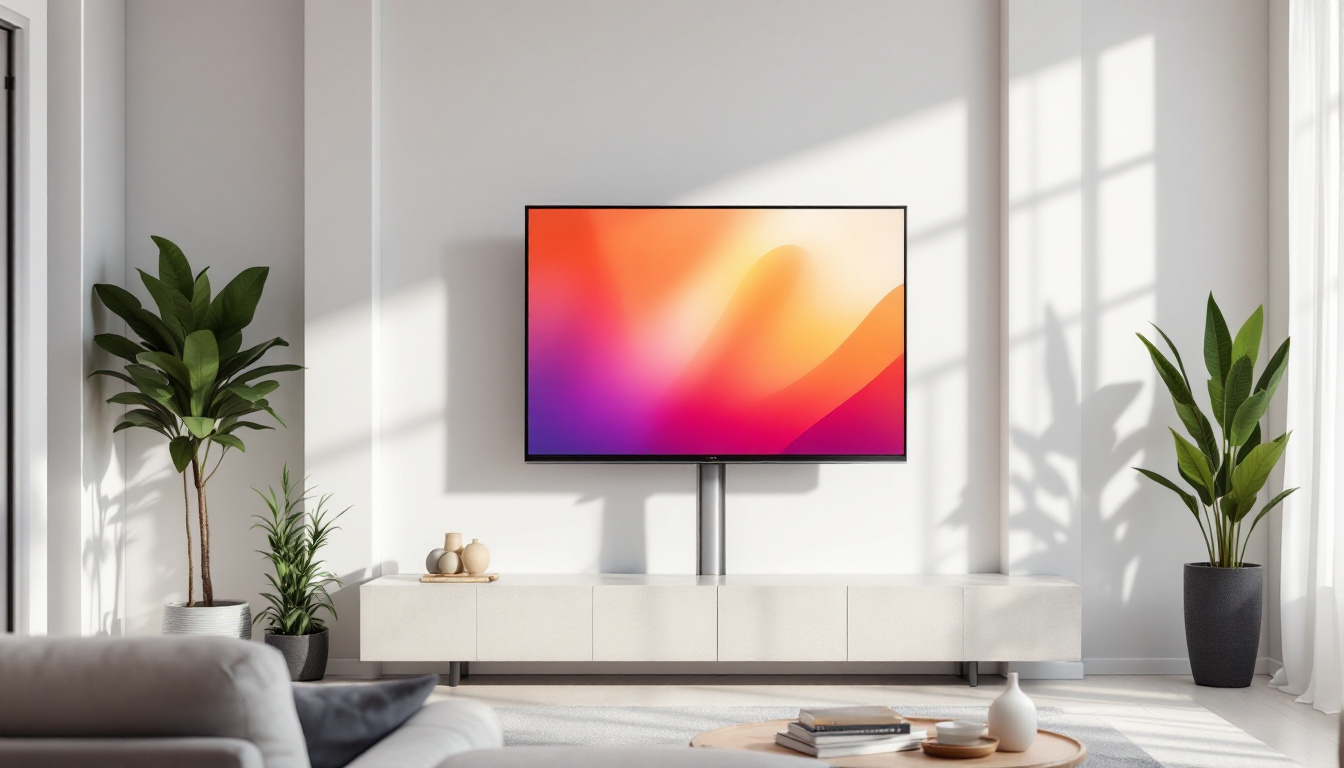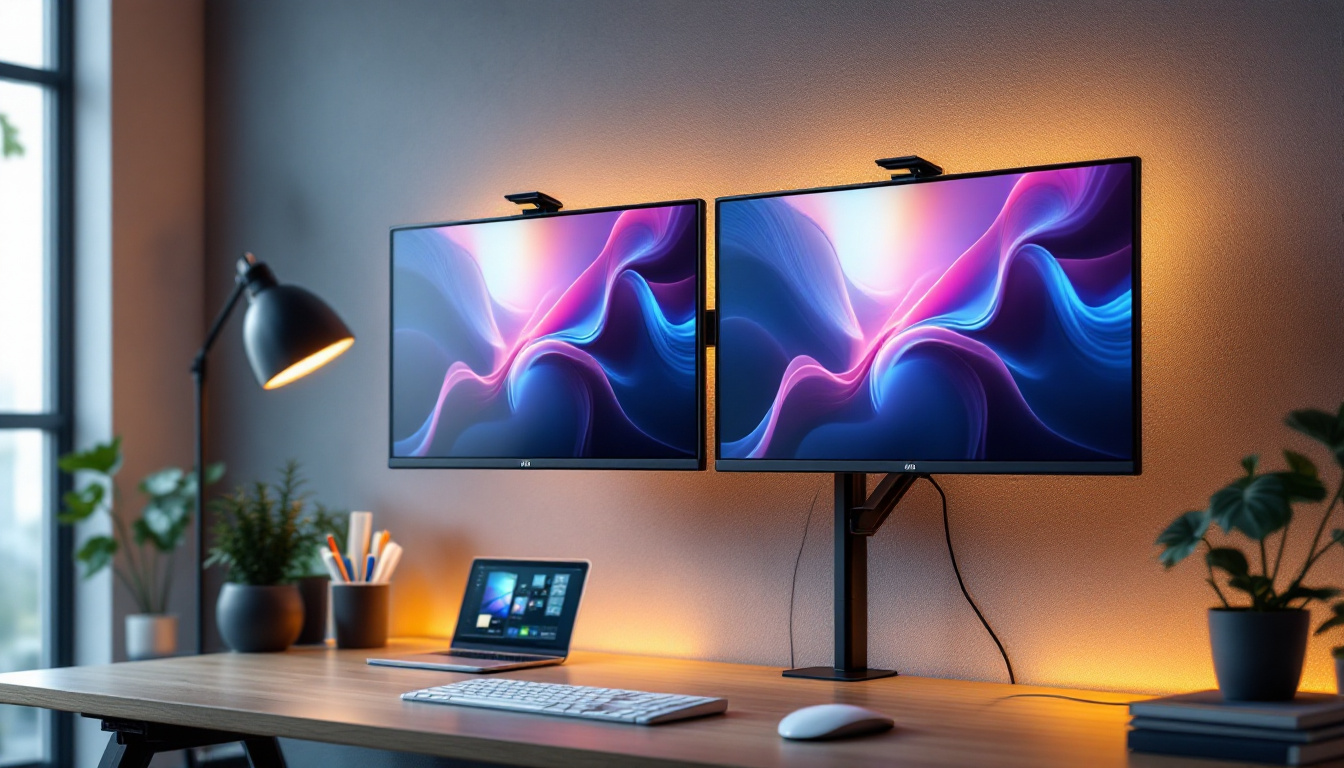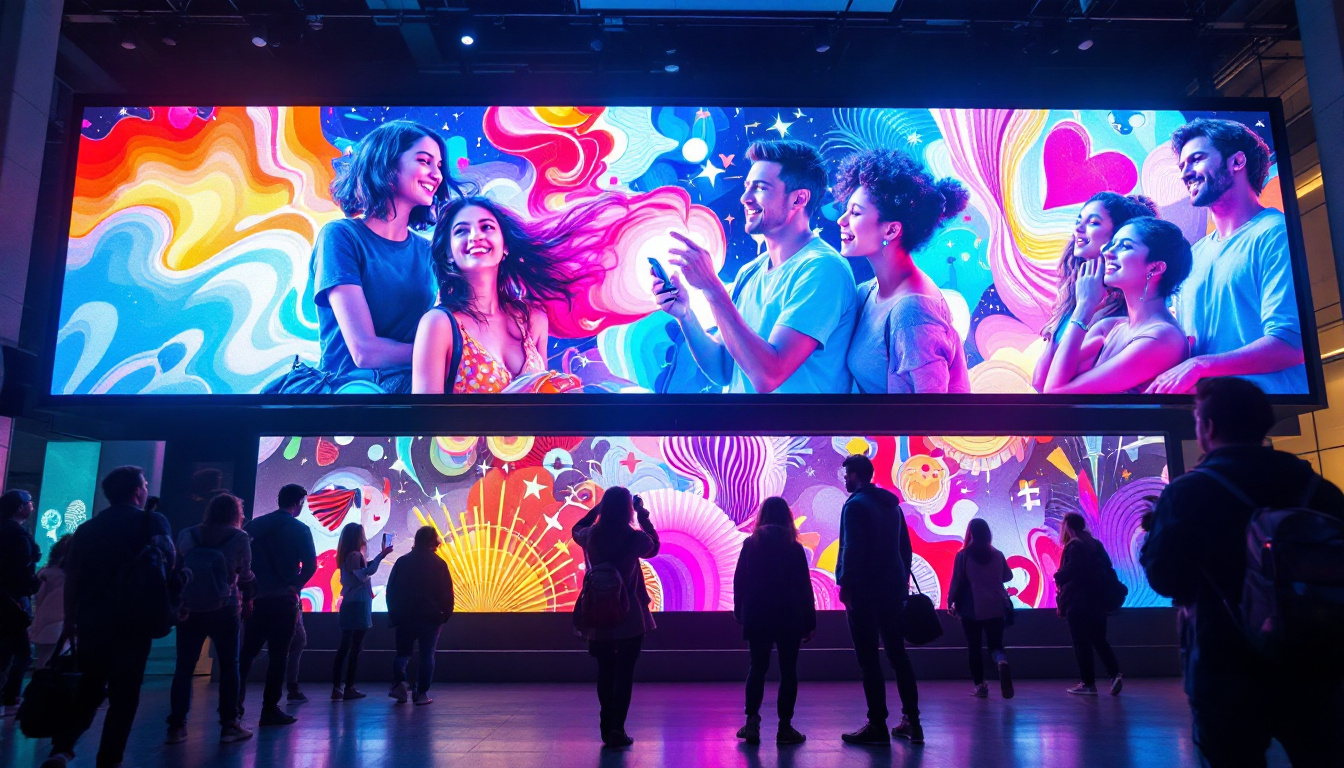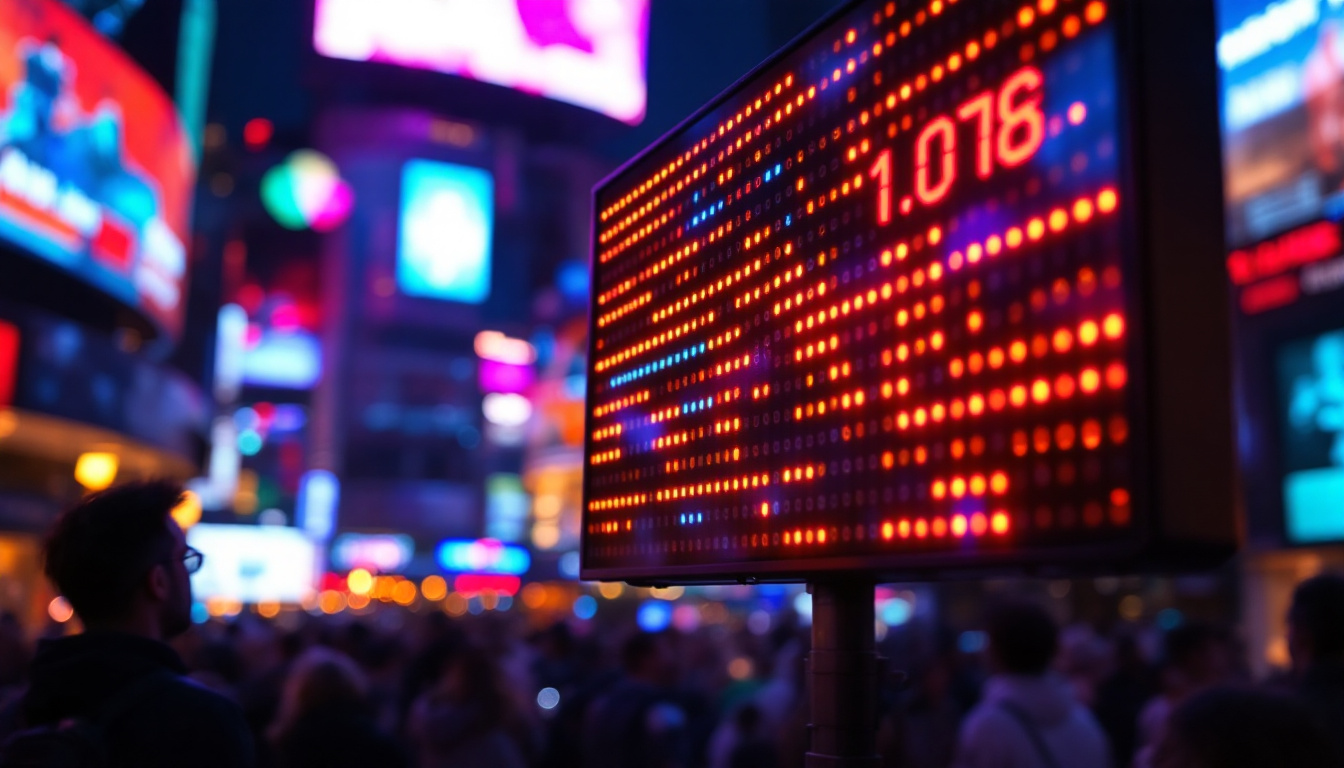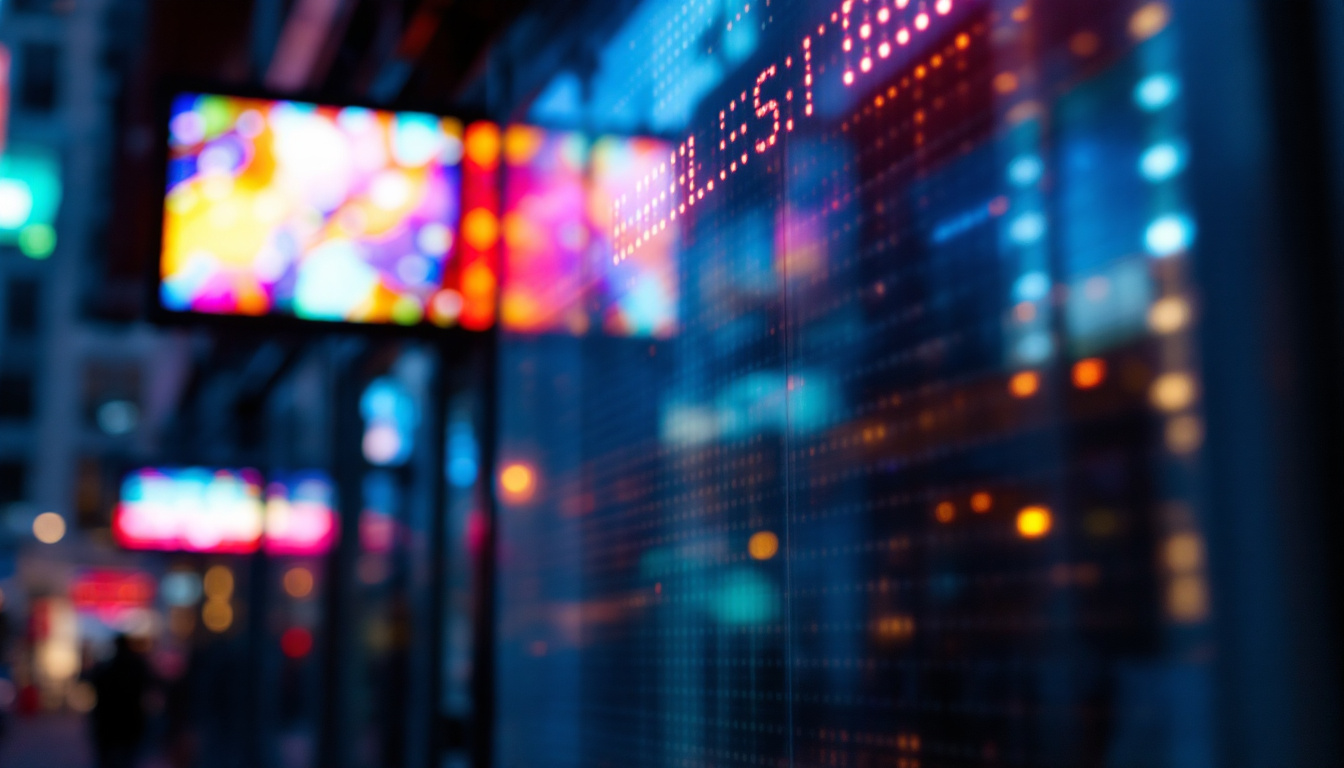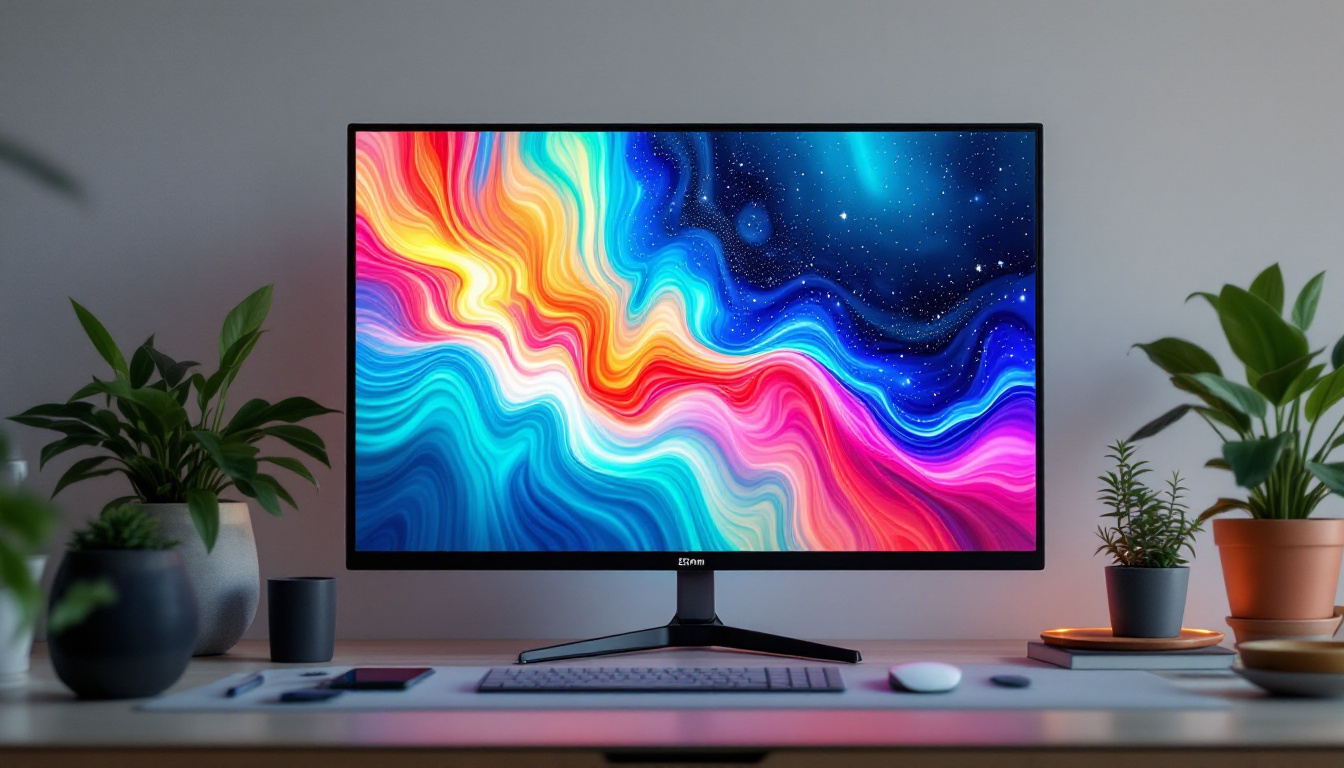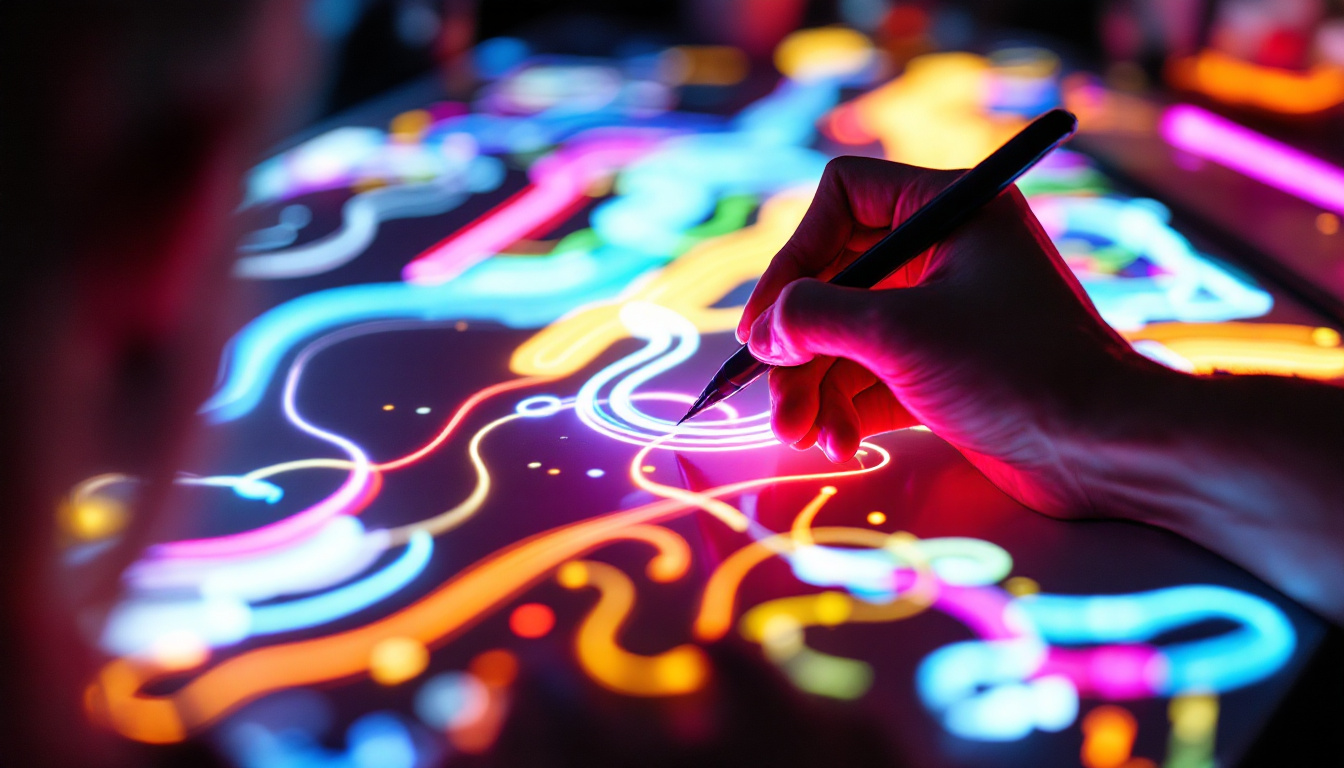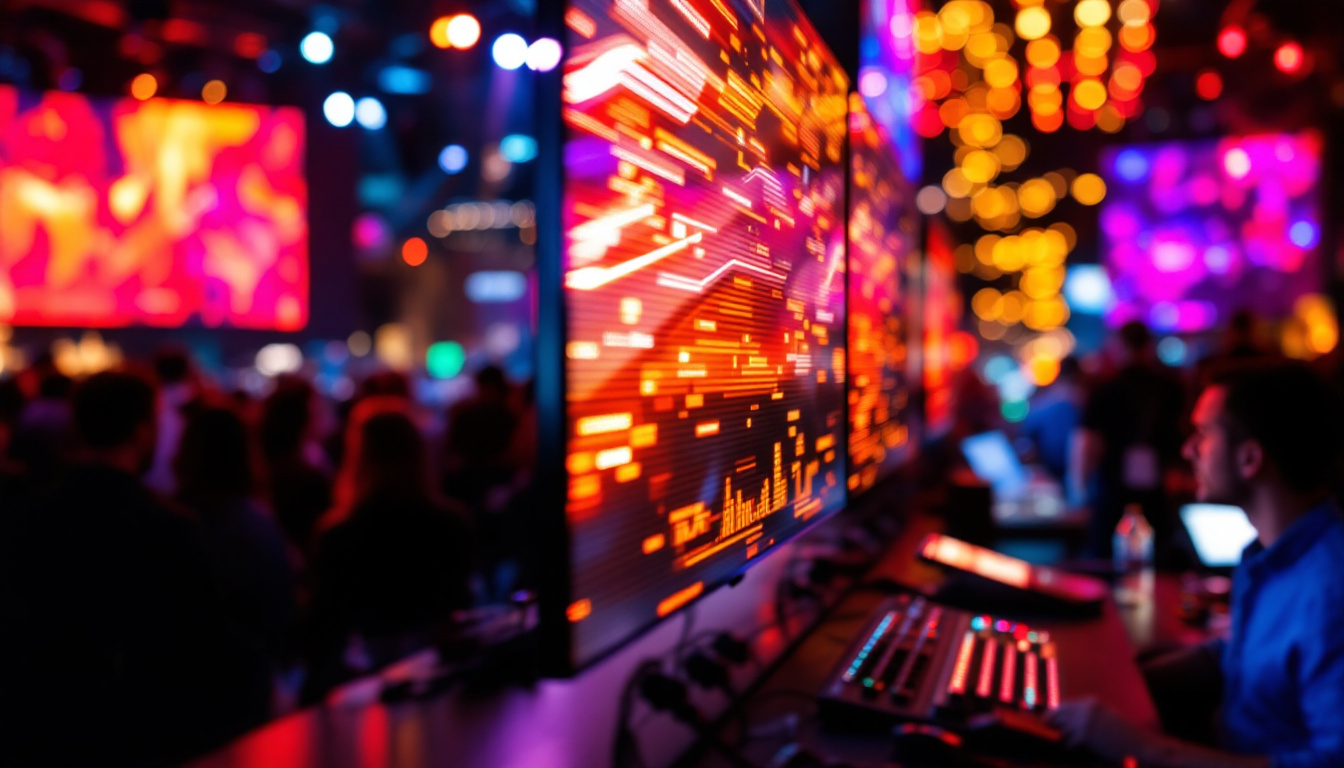In the world of modern technology, displays have become an integral part of daily life. From smartphones to televisions, the quality of visual output is paramount. One of the most popular display technologies today is the LED (Light Emitting Diode) display. Understanding how LED displays work, their advantages, and their applications can provide valuable insights into their significance in the tech landscape.
Understanding LED Technology
LED technology has transformed the way images and videos are presented on screens. Unlike traditional displays that rely on backlighting, LED displays utilize tiny diodes that emit light when an electric current passes through them. This fundamental difference is what gives LED displays their unique characteristics.
The Basics of LED Functionality
At the core of LED technology are semiconductor materials that emit light when energized. These materials are arranged in a specific manner to create pixels, which are the smallest units of a display. Each pixel is made up of red, green, and blue (RGB) sub-pixels. By adjusting the intensity of each sub-pixel, a wide range of colors can be produced, allowing for vibrant and dynamic visuals.
LED displays can be categorized into two main types: passive and active matrix. Passive matrix displays use a simple grid to control pixels, which can lead to slower response times and lower image quality. In contrast, active matrix displays, commonly known as OLED (Organic LED), utilize a thin-film transistor for each pixel, resulting in faster refresh rates and better color accuracy. The advancements in active matrix technology have paved the way for innovations in display design, enabling thinner screens and flexible displays that can be integrated into various surfaces.
Types of LED Displays
There are several types of LED displays, each designed for specific applications. The most common types include:
- Direct View LED: These displays consist of individual LED modules that can be configured to create large screens, often used in advertising and public displays.
- LED-backlit LCD: This type combines traditional LCD technology with LED backlighting, providing improved brightness and contrast compared to standard LCDs.
- MicroLED: A newer technology that uses microscopic LEDs to create images, MicroLED displays offer exceptional brightness and color accuracy, making them ideal for high-end applications.
In addition to these common types, there are also specialized LED displays designed for niche applications. For instance, transparent LED displays are gaining popularity in retail environments, allowing for captivating visual effects while maintaining visibility of the products behind them. Similarly, flexible LED displays are being developed for use in wearable technology and curved surfaces, offering unprecedented versatility in design. These innovations not only enhance aesthetic appeal but also open up new avenues for creative expression in digital signage and advertising.
The evolution of LED technology continues to push boundaries, with ongoing research focused on improving energy efficiency and lifespan. As the demand for high-quality visual experiences grows, manufacturers are exploring new materials and techniques to enhance the performance of LED displays. This includes advancements in quantum dot technology, which can further improve color accuracy and brightness, making the future of LED displays even more promising.
Advantages of LED Displays
LED displays have gained popularity due to their numerous advantages over traditional display technologies. These benefits contribute to their widespread adoption in various sectors, including entertainment, education, and advertising.
Energy Efficiency
One of the standout features of LED displays is their energy efficiency. Compared to older technologies like incandescent bulbs or traditional LCDs, LED displays consume significantly less power. This not only reduces electricity costs but also makes them more environmentally friendly. The lower energy consumption is particularly beneficial for large-scale installations, such as outdoor billboards, where the cost savings can be substantial. Furthermore, many LED displays come with smart technology that allows for adaptive brightness, adjusting the light output based on ambient light conditions, which further enhances energy savings and prolongs the lifespan of the display.
Superior Color Quality
LED displays are renowned for their ability to produce vibrant colors and deep blacks. The RGB sub-pixel arrangement allows for precise color mixing, resulting in a wider color gamut. This capability is crucial for applications where color accuracy is paramount, such as graphic design, photography, and video production. Additionally, the high contrast ratios of LED displays enhance the overall viewing experience, making images appear more lifelike. The ability to display high dynamic range (HDR) content also allows for greater detail in both the brightest and darkest areas of an image, making LED displays a preferred choice for filmmakers and content creators who seek to deliver stunning visual experiences.
Longevity and Durability
LED displays boast impressive longevity compared to traditional display technologies. With a lifespan that can exceed 50,000 hours, LED displays require less frequent replacements, making them a cost-effective choice in the long run. Moreover, LEDs are more durable and resistant to shock and vibration, which is particularly advantageous in environments where displays may be subjected to physical stress. This durability extends to outdoor applications, where exposure to weather elements such as rain, snow, and extreme temperatures can be detrimental to other display types. Additionally, many LED displays are designed with protective coatings and enclosures, further enhancing their resilience and ensuring that they maintain performance and appearance over time, even in challenging conditions.
Applications of LED Displays
The versatility of LED displays allows them to be utilized in a wide range of applications. From consumer electronics to large-scale installations, LED technology has found its place in various industries.
Consumer Electronics
In the realm of consumer electronics, LED displays are ubiquitous. Smartphones, tablets, and televisions increasingly rely on LED technology to deliver stunning visuals. High-definition LED TVs, for instance, provide viewers with an immersive experience, thanks to their superior color accuracy and contrast. Additionally, the rise of smart TVs has further integrated LED displays into everyday life, allowing users to enjoy streaming services and interactive content.
Advertising and Digital Signage
LED displays have revolutionized advertising and digital signage. Their ability to produce bright, eye-catching visuals makes them ideal for outdoor billboards and indoor advertisements. Businesses can utilize LED screens to display dynamic content, such as videos and animations, capturing the attention of potential customers. Furthermore, the flexibility of LED technology allows for easy updates and customization, enabling advertisers to tailor their messages to specific audiences.
Architectural and Artistic Installations
Beyond commercial applications, LED displays have also made their mark in architectural and artistic installations. Artists and designers use LED technology to create stunning visual displays that enhance public spaces. From interactive art installations to illuminated building facades, LED displays contribute to the aesthetic appeal of urban environments. These installations not only attract visitors but also serve as a canvas for creative expression.
Challenges and Considerations
Despite their many advantages, LED displays are not without challenges. Understanding these limitations is essential for making informed decisions when selecting display technology.
Cost Factors
While LED displays offer long-term savings through energy efficiency and durability, the initial investment can be higher than that of traditional display technologies. This upfront cost may deter some consumers or businesses from adopting LED technology. However, as the technology continues to evolve and production costs decrease, LED displays are becoming more accessible to a broader audience.
Viewing Angles and Color Shift
Another challenge with LED displays is the potential for color shift and limited viewing angles. Depending on the type of LED technology used, colors may appear differently when viewed from various angles. This can be particularly problematic in settings where multiple viewers are positioned at different angles, such as in a conference room or home theater. Selecting displays with wide viewing angles can mitigate this issue, ensuring a consistent viewing experience for all.
Heat Generation
LED displays generate heat during operation, which can affect performance if not properly managed. In environments where displays are used for extended periods, adequate cooling solutions are necessary to prevent overheating. Manufacturers often incorporate heat dissipation features into their designs, but users should also consider environmental factors when installing LED displays.
The Future of LED Displays
The future of LED displays looks promising, with ongoing advancements in technology paving the way for even more innovative applications. As consumer demands for higher quality visuals continue to rise, manufacturers are investing in research and development to enhance LED technology.
Emerging Technologies
One of the most exciting developments in the LED display landscape is the emergence of MicroLED technology. MicroLED displays offer numerous advantages, including improved brightness, color accuracy, and energy efficiency. These displays are also modular, allowing for customizable screen sizes and shapes, making them ideal for a variety of applications.
Additionally, advancements in flexible LED technology are enabling the creation of bendable and rollable displays. This innovation opens up new possibilities for wearable devices, automotive displays, and other applications where traditional rigid screens may not be suitable.
Integration with Smart Technologies
As smart technologies continue to permeate daily life, LED displays are increasingly being integrated into smart home systems. This integration allows for seamless control of lighting, entertainment, and information displays, enhancing user experiences. Imagine a living room where the LED display adjusts its brightness and color temperature based on the time of day or the content being viewed. Such capabilities are becoming more feasible as technology advances.
Conclusion
LED displays have revolutionized the way visuals are presented, offering numerous advantages over traditional technologies. Their energy efficiency, superior color quality, and durability make them a popular choice across various industries. While challenges such as cost and viewing angles exist, ongoing advancements in LED technology promise to address these issues and unlock new possibilities.
As the demand for high-quality displays continues to grow, understanding the intricacies of LED technology will be essential for consumers and businesses alike. Whether for personal use or commercial applications, LED displays are poised to remain at the forefront of visual technology, shaping the way we interact with the digital world.
Explore Cutting-Edge LED Displays with LumenMatrix
Ready to elevate your visual experience with the latest in LED display technology? LumenMatrix is at the forefront of innovation, offering a diverse range of LED display solutions tailored to your needs. From the immersive Indoor LED Wall Display to the dynamic Outdoor LED Wall Display, and from the mobile versatility of Vehicle LED Displays to the creative possibilities of Custom LED Displays, LumenMatrix has the perfect solution to bring your vision to life. Enhance your brand’s visibility and captivate your audience with our state-of-the-art LED displays. Check out LumenMatrix LED Display Solutions today and see how we can transform your visual communication.

